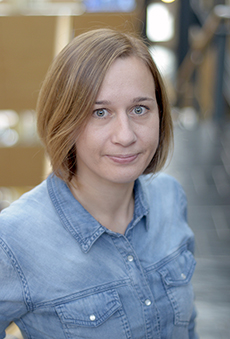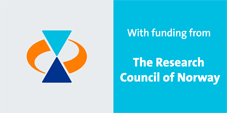Background
The purpose of this research study is to investigate what primary school children with language minority backgrounds learn from participating in a digital, morphology-based vocabulary intervention, more specifically to what extent the students' morphological knowledge, vocabulary, reading and spelling skills are enhanced.
Morphological knowledge is the ability to recognize, combine, manipulate, use and understand derivational and inflectional morphemes and compound words.
Schoolchildren with language minority backgrounds make up a highly heterogeneous group. It is nevertheless known that children with language minority backgrounds who have a low vocabulary in their second language often strive with reading comprehension. This might have consequences for their school success in general.
A problem with many vocabulary interventions is that they do not give transfer effect to new words. Through working with morphology the children can, however, potentially develop a tool to understand, read and spell new words. Recent systematic reviews suggest that morphological instruction has effect on children's vocabulary and literacy, also for children with language minority backgrounds. In Norwegian, significant and long-term effects of morphological training are also found. The effect of morphological training on children with language minority backgrounds has yet to be investigated in the Norwegian context.
As part of the project we will develop and test a "morphology app." There are many commercial educational apps available. Several of these are used in special needs education and in language education. However, as far as we know, there are few research-based apps, and no "morphology apps". Therefore we see a need for developing and assuring the quality of such tools, as well as to examine how these best can be used in education for e.g. children with language minority backgrounds.
About the Project
This PhD- project is a part of a NFR(the Norwegian Research Council) -funded intervention study initiated by the research group Child Language and Learning, entitled "The vocabulary learning challenge - how can we improve learning efficiency?".
The doctoral Project consists of two parts:
- A meta-analysis of studies in which the morphological knowledge of students with language minority backgrounds and monolingual students is compared. This is expedient to do because a) it can provide insight into the extent to which there are actually differences at group level in terms of morphological knowledge; b) whether these possible group differences are moderated by other variables; and c) if the possible differences are comparable to the differences we already know of, e.g. in reading comprehension and vocabulary.
-
An intervention: A large- scale, digital, morphology-based vocabulary intervention (randomized controlled trial, scheduled start-up January 2018) for students in the 2nd grade.
The duration of the PhD- project is four years, from 1 July 2016 to 1 July 2020.
Supervisors
• Main supervisor: Janne von Koss Torkildsen, Professor at the Department of Special Needs Education, UIO
• Co-supervisor: Monica Melby-Lervåg, Professor at the Department of Special Needs Education, UiO


